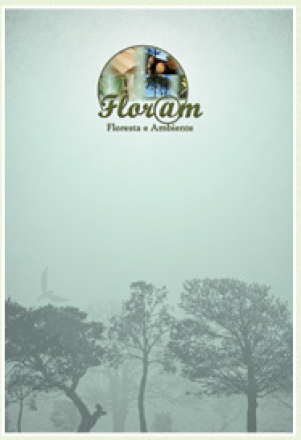Gas Exchange in Caryocar Brasiliense Cambess Seedlings in Water Deficit Conditions
Floresta e Ambiente
Gas Exchange in Caryocar Brasiliense Cambess Seedlings in Water Deficit Conditions
Autor Correspondente: Silvana de Paula Quintão Scalon | [email protected]
Palavras-chave: hydric stress; native fruit; Pequi; Caryocaceae
Resumos Cadastrados
Resumo Inglês:
In this study, we assessed the gas exchange in Caryocar brasiliense seedlings in water deficit conditions and their capacity to recover after rehydration. We assessed plant photosynthetic rates, internal carbon concentrations, stomatal conductance, transpiration rates, water-use efficiency, instantaneous carboxylation efficiency, chlorophyll index, and photosystem II quantum efficiency. All gas exchange parameters were reduced after the suspension of irrigation. Seedling photosynthetic rates approached zero after 12 days. The equilibrium was reestablished in all variables 11 days after re-initiating irrigation, with the exception of internal CO2 concentration and stomatal conductance. Exposure of seedlings to water stress resulted in drastically reduced photosynthetic processes. This reduction occurred due to the limitation of stomatal conductance and low rubisco carboxylation efficiency but not to irreversible damage photosystem II. All of these parameters demonstrated recuperation with rehydration, but only the photosynthetic rates reached initial control values.

